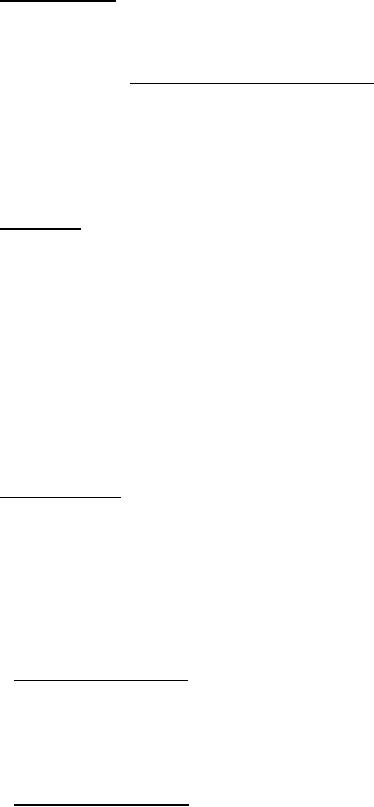 |
|||
|
|
|||
| ||||||||||
|
|  MIL-V-62347(AT)
6.5 Process average. Sampling may be initiated if the process average value for the first ten
vehicles inspected is less than the AQL specified in the classification of defects for major and
minor defects.
Process average =
Number of defects
X 100
Number of vehicles inspected
If the computed process average exceeds the specified AQL, 100 percent inspection shall be
performed and continued until such time that the process average for ten consecutive vehicles is
less than the specified AQL.
6.6 Definitions. The following definitions shall be used with the classification of defects for
leaks:
a. Weep:
Any evidence of fluid beyond the seal.
b. Seep:
Any evidence of fluid beyond the seal that does not result in formation of
a droplet.
c. Droplet:
Any evidence of fluid beyond the seal that results in the formation of a
droplet.
d. Drip:
Any evidence of fluid beyond the seal where droplet forms and falls.
e. Leak:
A steady series of drips.
f. Excessive
leak:
A steady stream of fluid.
6.7 Deficiency sheet. The Government inspector shall verify that a thorough inspection of
each vehicle is performed by the contractor for the listed characteristics, and for any departures
from good workmanship. The Government inspector shall assure that all defects encountered
during inspection are enumerated on a deficiency sheet for the vehicle. Defects noted on a
deficiency sheet shall contain sufficient description to enable the Government inspector and the
contractor's representative to classify the defects in accordance with the classification of defects
(see table IV) definitions contained in MIL-STD-105. Corrective action shall be taken for
recurring defects.
6.7.1 Recurring major defects. A major defect is recurring when the same defect occurs
more than once in the same sample, or when the defect occurs in two successive samples. A
major defect may be considered recurring when the historical inspection records ("P" chart or
equivalent) reflect such a condition. Recurring major defects shall be cause for the entire lot or
lots to be inspected for the recurring defects.
6.7.2 Recurring minor defects. A minor defect is recurring if it occurs more than twice in
the same sample or when the defect occurs in four successive samples. Recurring minor defects
shall be cause for the entire lot or lots to be inspected for the recurring defects.
48
|
|
Privacy Statement - Press Release - Copyright Information. - Contact Us |